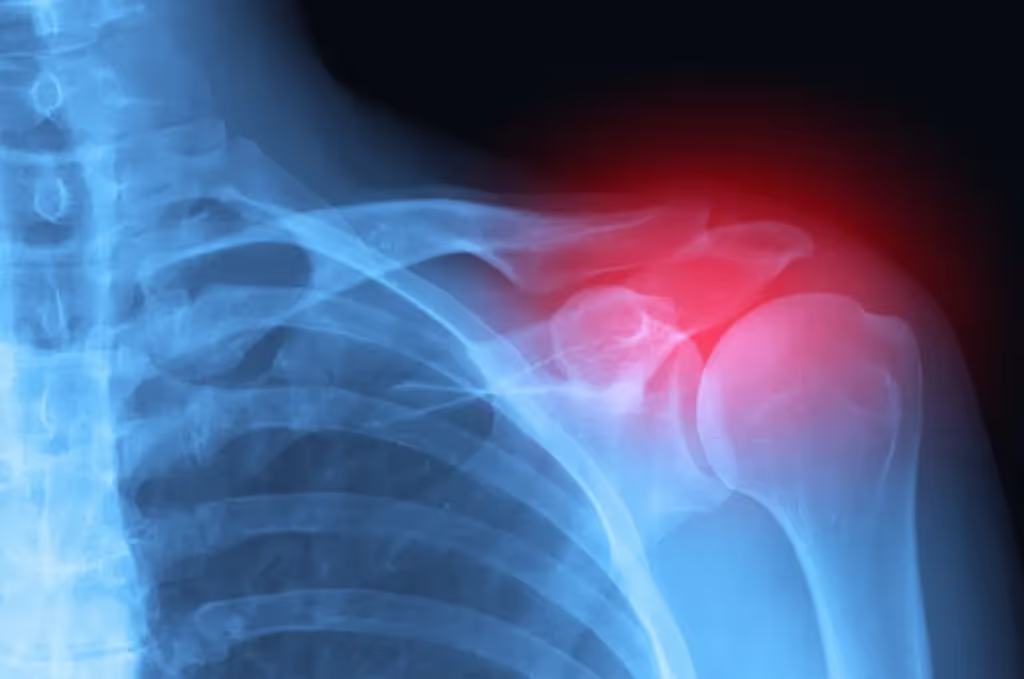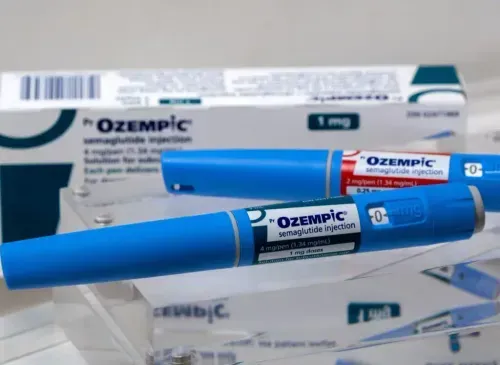Were You Exposed to Toxic Turnout Protective Gear and Suppressing Foam Made with Perfluoroalkyl and Polyfluoroalkyl Substances (PFASs)?
 Perfluoroalkyl and Polyfluoroalkyl Substances (PFASs) lawsuits are legal claims brought by plaintiffs seeking economic compensation after they developed cancer linked with exposure to cancer-causing PFASs on their protective equipment and fire suppressing foam. Perfluoroalkyl and polyfluoroalkyl substances are man-made chemicals that are known for making Scotchgard stain-resistant and Teflon nonstick. PFASs are extremely durable and do not break down inside the body over time. Therefore, PFASs can remain inside the body for many years leading to adverse health effects. PFASs have been found to interfere with the human body’s hormonal functions and have been connected to several dangerous health effects, such as the following types of cancer.
Perfluoroalkyl and Polyfluoroalkyl Substances (PFASs) lawsuits are legal claims brought by plaintiffs seeking economic compensation after they developed cancer linked with exposure to cancer-causing PFASs on their protective equipment and fire suppressing foam. Perfluoroalkyl and polyfluoroalkyl substances are man-made chemicals that are known for making Scotchgard stain-resistant and Teflon nonstick. PFASs are extremely durable and do not break down inside the body over time. Therefore, PFASs can remain inside the body for many years leading to adverse health effects. PFASs have been found to interfere with the human body’s hormonal functions and have been connected to several dangerous health effects, such as the following types of cancer.
- Bladder cancer
- Brain cancer
- Breast cancer
- Colorectal cancer (colon and/or rectal cancer)
- Kidney (renal) cancer
- Leukemia
- Liver cancer
- Lymphoma
- Neuroendocrine tumors
- non-Hodgkin’s lymphoma
- Pancreatic cancer
- Prostate cancer
- Testicular cancer
49 Current and Former Firefighters Filed Lawsuits Alleging Their Turnout Gear Caused Their Cancer
 A news report on sanjosespotlight.com states that 49 former and current firefighters in San Jose filed lawsuits that allege their protective equipment caused their cancer. According to the cancer lawsuits filed against 3M, DuPont, and 27 other manufacturing companies, their “turn out” gear and the suppressing foam they used contained perfluoroalkyl and polyfluoroalkyl substances (PFASs). The Environmental Protection Agency lists PFASs as known carcinogens to humans.
A news report on sanjosespotlight.com states that 49 former and current firefighters in San Jose filed lawsuits that allege their protective equipment caused their cancer. According to the cancer lawsuits filed against 3M, DuPont, and 27 other manufacturing companies, their “turn out” gear and the suppressing foam they used contained perfluoroalkyl and polyfluoroalkyl substances (PFASs). The Environmental Protection Agency lists PFASs as known carcinogens to humans.
PFASs are almost indestructible and can remain on clothing for dozens of years, where the chemicals may be absorbed into the wearer’s skin. Over time PFAS can accumulate inside the body leading to severe health complications.
One of the plaintiffs, a 20 year veteran with the San Jose Fire Department, stated that she is a breast cancer survivor, and she received a bladder cancer diagnosis back in 2013.
The PFAS cancer lawsuits allege the defendants purposely denied the products contained PFAS, and the manufacturers never notified unsuspecting firefighters about PFAS used in the products. The firefighters’ complaint states that 3M was aware of PFAS toxicity dating all the way back to 1950, and DuPont understood PFAS toxicity since 1961, but the two companies continued manufacturing firefighting equipment with the PFAS.
The plaintiffs only learned about their PFAS exposure in July 2020, when the University of California, San Francisco, tested and found several local firefighters had “dangerously high levels” of PFAS in their blood. At that point, almost all the plaintiffs had developed some form of cancer. In December, the university tested another group of firefighters and learned that the group had elevated PFAS levels in their bloodstream. According to the lawsuits, the firefighters frequently brought their turnouts home to clean, exposing their families to PFAS.
The defendants claim that they acted responsibly when they were manufacturing products with PFAS. Many of the companies stated that they would “vigorously defend against the lawsuits although the companies didn’t deny their products contained PFAS.
According to the news article, the Centers for Disease Control and Prevention conducted a study in 2016. The results of that study showed that firefighters had a significantly higher chance of being diagnosed with cancer than the public. Cancer is also the leading cause of death for firefighters.
A 2020 study blamed firefighters’ high cancer diagnosis rates on “inhaling particles from burning debris and smoke inhalation. However, a 2020 University of Notre Dame study has shifted some of the blame on suppressing foam and turnouts that contain PFAS.
The news report states that cancer is the number-one killer of firefighters. They are being diagnosed with a variety of cancer, such as prostate, bladder, breast, brain, non-Hodgkin’s lymphoma, and testicular cancers. Moreover, firefighters have a 9 percent greater chance of developing cancer and have a 14 percent higher chance of dying from cancer. The report states that firefighters are two times as likely to get testicular cancer, 53 percent more likely to develop non-Hodgkin’s lymphoma, and 28 percent more likely to develop prostate cancer.
How Are Firefighters Exposed to PFASs?
Firefighters are exposed to many sources of PFASs apart from their protective gear. PFASs were used in firefighting foam utilized at airports and military bases. One type of firefighting foam is called AFFF (aqueous film-forming foam), which produced high PFAS levels in firefighters’ blood than in community firefighters’ blood.
The National Fire Protection Association (NFPA), a nonprofit organization that sets the standards for all firefighting gear, required that all turnout gear be comprised of three layers: a strong outer shell, thermic insulation to protect against heat, and a moisture barrier.
PFAS exposure happens when the firefighters wear their protective gear several times a day. As their gear begins to break down from use and heat, the gear can release chemicals, which the firefighters may inhale and absorb through their skin.
According to Linda Birnbaum, Ph.D., the director of the National Institute of Environmental Health Sciences, there is a significant amount of research “that clearly shows this class of chemicals is associated with a whole range of adverse health effects.” Dr. Birnbaum admits that it is very difficult to prove, legally and medically, that someone’s cancer came from one particular contaminant. She also stated that “these chemicals have long been associated with cancers.”
Other research studies have also shown a connection with PFAS exposure and an increased risk of several types of cancer, including liver, kidney, and prostate.
High levels of PFAS levels have been detected in firetrucks, firehouses, and on the hands of a lab assistant handling the gear during testing. Most firefighters wear their gear continually, in the firehouse, on routine calls, and at the supermarket, which increases the amount of PFASs absorbed into their bloodstream.
Free PFAS Cancer Case Review – Do You Have a Claim?
If you or someone you love developed cancer after being exposed to PFAS, contact the defective product attorneys at Parker Waichman LLP today for information about filing a lawsuit to demand monetary compensation. For more information about your legal rights and to receive your free consultation, call Parker Waichman LLP at 800-968-7529 or use our Live Chat.












 Perfluoroalkyl and Polyfluoroalkyl Substances (PFASs) lawsuits are legal claims brought by plaintiffs seeking economic compensation after they developed cancer linked with exposure to cancer-causing PFASs on their protective equipment and fire suppressing foam. Perfluoroalkyl and polyfluoroalkyl substances are man-made chemicals that are known for making Scotchgard stain-resistant and Teflon nonstick. PFASs are extremely durable and do not break down inside the body over time. Therefore, PFASs can remain inside the body for many years leading to adverse health effects. PFASs have been found to interfere with the human body’s hormonal functions and have been connected to several dangerous health effects, such as the following types of cancer.
Perfluoroalkyl and Polyfluoroalkyl Substances (PFASs) lawsuits are legal claims brought by plaintiffs seeking economic compensation after they developed cancer linked with exposure to cancer-causing PFASs on their protective equipment and fire suppressing foam. Perfluoroalkyl and polyfluoroalkyl substances are man-made chemicals that are known for making Scotchgard stain-resistant and Teflon nonstick. PFASs are extremely durable and do not break down inside the body over time. Therefore, PFASs can remain inside the body for many years leading to adverse health effects. PFASs have been found to interfere with the human body’s hormonal functions and have been connected to several dangerous health effects, such as the following types of cancer. A news report on
A news report on 
























